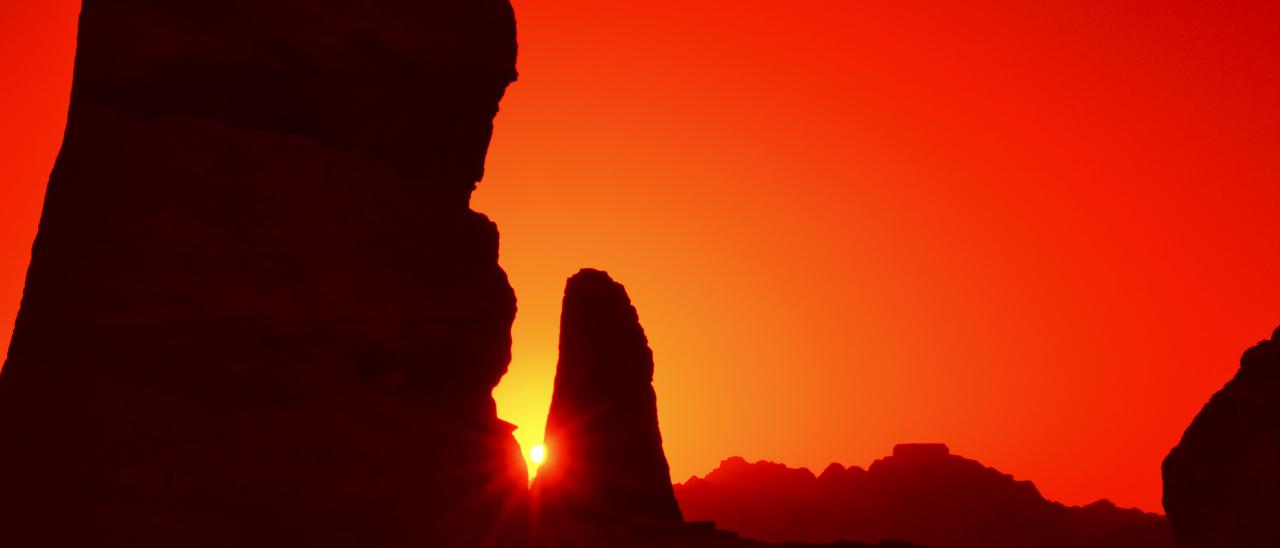Start year
1993
Organizational Unit
Organizing institutions
General
Description
The main objective of this project is to study the importance of astronomy as a fundamental part of human culture and civilization from Paleolithic to the present day. Our interest is mainly devoted to the people of the ancient Mediterranean cultures from the Atlantic to the Middle East, with a special dedication to Spain, its geographical neighbourhood and ancient Egypt. However, we are also developing projects in Mesoamerica, Peru and the Pacific islands.
Members
Principal investigator
Juan Antonio
Belmonte Avilés
Project staff
César
Esteban López
Collaborators
Antonio
Aparicio Juan
Dr.
José Luis Escacena
Dr.
Magdi Fekri
Dr.
M.C. Gallegos
Dr.
Marco García Quintela
Dr.
Michael Hoskin
Dr.
Dimiter Kolev
Dr.
Migel Ángel Molinero Polo
Dr.
Mª Antonia Perera Betancor
Dr.
Manuel Pérez
Dr.
Andrea Polcaro
Dr.
Margarita Sanz de Lara Barrios
Dr.
Antonio Tejera Gaspar
Dr.
José María Vaquero
Dr.
Mauro Zedda
Results
- The summit of Gran Canaria has been considered as an excellent example of a Cultural Landscape worthy of being declared World Heritage site within the Astronomy and World Heritage Initiative of UNESCO and the IAU. In 2018 the memory has been completed and the process of evaluation by ICOMOS has begun.
- A rock engraving or petroglyph of the aboriginal era on the island of La Palma (Benahoare) has been interpreted as an island map where its major landmarks are represented for purposes of sympathetic magic. This is without doubt one of the finest examples of prehistoric map produced before the development of modern cartography.
- The megalithic monumental complex of Castillejo del Bonete stands as the first evidence of a solar marker (towards the winter solstice sunrise) in a megalithic site of the Iberian Peninsula, indicating that the precise location of the monument was carefully chosen (Benítez de Lugo Enrich, L., Esteban, C., 2018).



